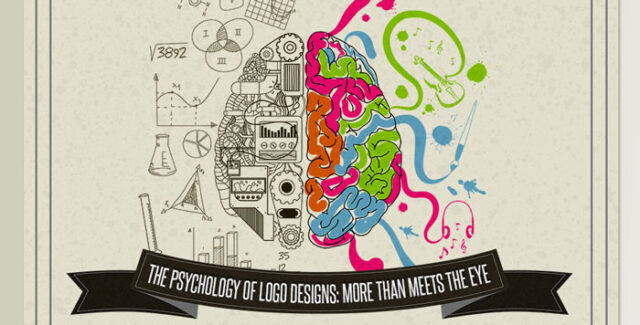
An old saying goes, “A picture is worth a thousand words”. It is very essential that your logo says about your business.It takes not only a talented designer to create the image, but a smart retailer to make your logo to have meaning for your business. As a B2B marketer, it’s important to think about how you utilize colors and what the colors you choose say about your business.
While honing the narrative and message behind your logo should of course be your primary concern, research suggests that your logo’s design—and specifically its colors—have more bearing on your customers’ opinions than you might think.
Neuroscientist Bevil Conway, who has focused his recent research almost entirely on the neural machinery behind color, believes the science behind color processing to be very powerful and completely underexploited.
The implications of color’s effect on people’s emotions are far reaching, and understanding your customers’ connections to certain colors could increase the effectiveness of your company’s branding methods.
Research has found that different colors provoke very different reactions in people. Integrating your brand colors in your logo,landing pages, product, and more will help you achieve the highest impact. But what the color of logo says about your company?
What the Color of Logo Says About Your Company
So what do colors convey to us at this very basic, pre-verbal level? And is your logo and branding saying what you want it to about your business? Several marketing experts have weighed in with color breakdowns recently to help owners answer these questions.
Blue
If your branding is blue, you’re in good company. More of the world’s top 100 brands use this shade than any other. People seem find the color immediately pleasant and calming, perhaps because it reminds them of the sea and sky. No wonder it’s so popular among energy, finance, airline and tech companies–all of which we want to think of as working steadily and safely away in the background–and so much less popular with clothing companies and restaurants that need to grab consumers’ attention.
Red
Unlike pacific blue, red is stimulating, signaling intensity and appetite. Maybe that’s why food purveyors McDonald’s and Kellogg’s use red in their logos. Red can create urgency for clearance-sale items or prompt impulse buys. Red color even makes us breathe more rapidly and increases heart rate.
Yellow
Yellow makes people think of sunshine and communicates hope and optimism. It can be useful to catch a customer’s eye. The link between yellow and energy makes it popular with energy companies.
Orange
Given the stimulating powers of red and yellow, it’s no surprise that closely related orange has similar properties, combining the boldness and optimism of that two colors. Orange is used to stimulate excitement and enthusiasm.
Green
Green reminds people of nature and is popular among environmentally-conscious brands. The color can bring feelings of peace, hope, trust and calmness. Industries that tend to use green in their logos are food, household goods, technology and finance.
Purple
Purple is considered a low-arousal color.These calming effects make it a popular choice for finance, tech and healthcare companies, as well as for use on beauty and anti-aging products. It’s also often associated with new-age practices like astrology and tarot. Additionally, purple represents wealth, royalty, and richness which also has associations to leadership and revenue. Marketo choose to use the color Purple for branding because at the time Marketo was founded, purple was relatively un-used.
Black
Black makes you look sophisticated, timeless, formal and a little mysterious. It’s an obvious choice for those selling luxury products, and a pretty lousy one for, say, agriculture businesses.
Every year companies spend millions of dollars designing and in many cases re-designing their logos. Color plays a huge part in logo design. So it is important to know what the color of logo says about your company. Have a look at the infographic below to get a sense of whether your logo is conveying the right message.














